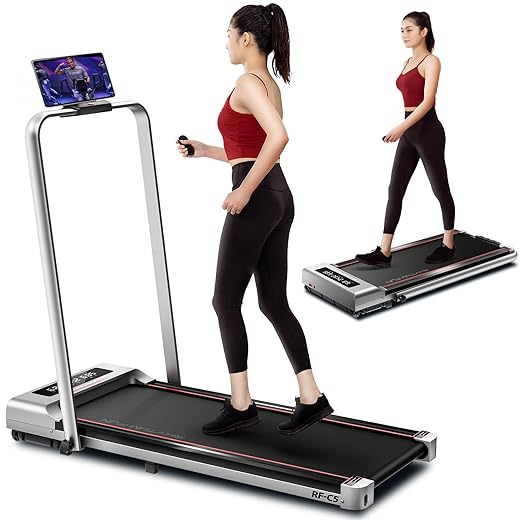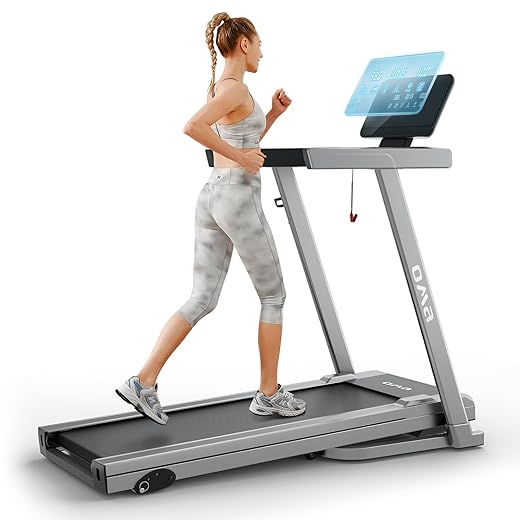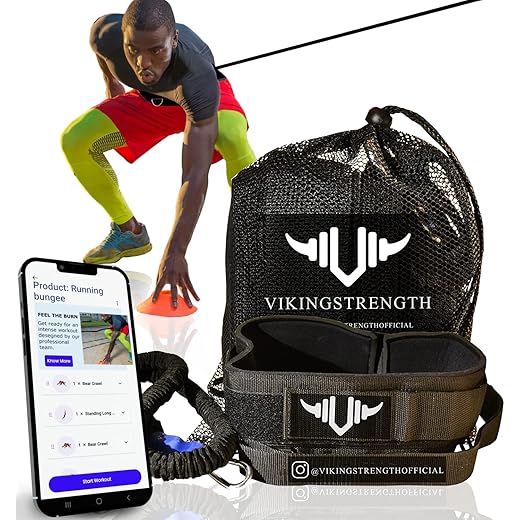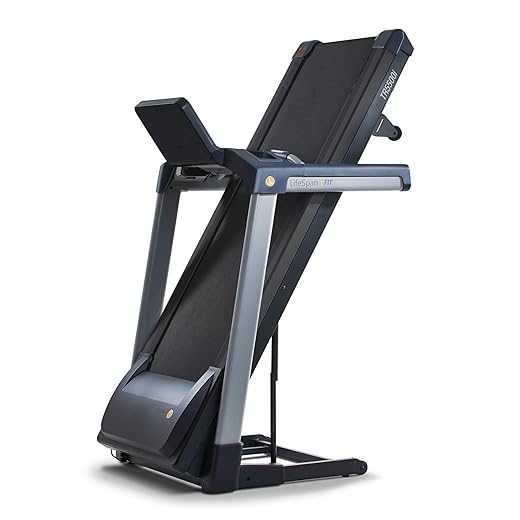Choosing the right treadmill can feel overwhelming, especially with so many options available. If you’re considering adding an incline treadmill to your fitness routine, you’re not alone—many people are eager to enhance their workouts and take their training to the next level. In this post, we’ll explore the key differences between manual incline and automatic incline treadmills. By breaking down their functionalities, benefits, and drawbacks, we aim to empower you with the knowledge needed to make an informed decision that aligns with your fitness goals and personal preferences. Whether you’re a seasoned runner or just starting out, understanding these options will help you find the perfect treadmill to support your journey.



Durafit: Auto vs. Manual Incline Treadmills
Understanding Manual Incline Treadmills
Manual incline treadmills are an excellent fitness option for those looking to elevate their workout experience without the complexities of modern technology. This blog section will provide a detailed overview of what manual incline treadmills are, how they function, their advantages, and potential drawbacks.



What Are Manual Incline Treadmills?
Manual incline treadmills are fitness machines designed for walking, jogging, or running with an adjustable incline. Unlike traditional motorized treadmills, manual models rely on your own effort to move the belt. This means that the user must physically propel the treadmill by walking or running, which can lead to a more challenging and engaging workout.
Basic Mechanics
The fundamental mechanics of a manual incline treadmill involve a simple design that typically includes:
- A flat running surface
- An adjustable incline mechanism, often controlled by manually shifting the position of the treadmill’s frame
- No electrical components or motorized systems
This simplicity makes manual incline treadmills not only easier to maintain but also more reliable over time.
How to Adjust the Incline
Adjusting the incline on a manual treadmill usually involves:
- Physical Adjustment: Users must stop the treadmill and lift the running deck to the desired incline level. This is often done using a pin or lever system to lock the treadmill in place.
- Multiple Incline Levels: Many models provide various incline options, typically ranging from 5% to 15%, allowing users to tailor the intensity of their workouts.
For example, the ProForm Performance 600i treadmill features a manual incline adjustment that can be adjusted to three different levels, enabling users to customize their workout intensity without the need for complex controls.
Advantages of Manual Incline Treadmills
Simplicity
Manual incline treadmills are straightforward in design and use. They often come with minimal electronic components, which not only makes them user-friendly but also reduces the risk of technical malfunctions.
Affordability
These treadmills tend to be more budget-friendly compared to their motorized counterparts. For instance, the Sunny Health & Fitness SF-T4400 manual treadmill is an excellent entry-level option, typically priced below $200. This affordability makes it accessible for many fitness enthusiasts.
Engaging More Muscle Groups
When using a manual incline treadmill, users engage more muscle groups compared to a flat treadmill. The need to propel the belt using your legs requires greater effort, which can lead to:
- Increased calorie burn
- Enhanced muscle engagement in the glutes, hamstrings, and calves
- Greater cardiovascular benefits
This engagement can lead to a more effective workout, making manual incline treadmills a popular choice for serious fitness enthusiasts.
Potential Drawbacks
Lack of Automated Features
One of the main drawbacks of manual incline treadmills is the absence of automated features such as pre-programmed workouts, heart rate monitors, or digital displays. This can make tracking your progress more challenging, especially for those who rely on technology to guide their workouts.
Physical Exertion Required to Change Incline Levels
Adjusting the incline manually can be physically demanding, especially if you want to switch between levels frequently during your workout. For example, you may find it cumbersome to stop your workout to adjust the incline on a model like the Confidence Fitness Magnetic Manual Treadmill. While it does offer a sturdy and reliable platform, users must be prepared for the extra effort required to alter the incline.
Comparison of Manual Incline Treadmills
| Feature | ProForm Performance 600i | Sunny Health & Fitness SF-T4400 | Confidence Fitness Magnetic Manual Treadmill |
|---|---|---|---|
| Price | ~$399 | ~$199 | ~$159 |
| Incline Adjustment | Manual (3 levels) | Manual (3 levels) | Manual (2 levels) |
| Weight Capacity | 300 lbs | 220 lbs | 250 lbs |
| Built-in Workouts | No | No | No |
| Digital Display | Yes | Yes | Yes |
In conclusion, manual incline treadmills serve as an effective and economical alternative to more complex fitness equipment. Their simplicity, affordability, and ability to engage multiple muscle groups make them a worthwhile investment for those serious about their fitness journey. However, potential users should weigh the effort required for incline adjustments and the lack of automation when considering their options.
What Are Automatic Incline Treadmills?
Automatic incline treadmills are advanced fitness machines that allow users to adjust the incline of the running surface without manual intervention. Unlike traditional treadmills, which may require users to stop their workout to change the incline, automatic incline treadmills can adjust the slope on-the-fly, providing a more dynamic and challenging workout experience. These machines often come equipped with a variety of features, making them a popular choice for both home and gym settings.



How Do They Work?
Automatic incline treadmills typically use a motorized mechanism to raise or lower the treadmill deck. This is controlled through digital inputs on the display panel, allowing users to increase or decrease the incline with a simple touch of a button.
Key Features:
- Digital Displays: Most automatic incline treadmills come with an LCD or LED screen that shows essential metrics such as speed, distance, time, calories burned, and heart rate. Some models, such as the NordicTrack Commercial 1750, even include interactive features that display scenic routes and allow users to virtually run in different environments.
- Programmable Workouts: Many automatic incline treadmills offer pre-set workout programs that can include varied incline levels, simulating hill climbs or interval training. For instance, the ProForm Pro 2000 provides several workout options that automatically adjust the incline and speed based on user-selected goals.
- Bluetooth Connectivity: Many modern models, like the Sole F85, include Bluetooth capabilities to sync with fitness apps, allowing users to track their progress and customize their workouts even further.
Benefits of Automatic Incline Treadmills
Convenience
The convenience of an automatic incline treadmill cannot be overstated. Users can seamlessly adjust the incline while running, allowing for a more fluid workout experience without interruptions. For example, if you’re running on a flat setting and decide to incorporate a hill workout, you can easily ramp up the incline with a simple push of a button.
Versatility in Workout Routines
Automatic incline treadmills cater to a wide range of workout styles. From steady-state running to high-intensity interval training (HIIT), the ability to adjust the incline at various points during a workout can keep routines fresh and engaging. This versatility is exemplified by models like the Horizon Fitness 7.0 AT, which offers multiple incline options to challenge users of all fitness levels.
Easy Adjustment of Incline Levels
The ability to quickly adjust incline levels allows users to target different muscle groups effectively. For instance, increasing the incline engages the glutes and hamstrings more than running on a flat surface. This can lead to improved strength and endurance over time.
Key Benefits at a Glance:
- Real-time adjustments during workouts
- Varied workout programs to maintain engagement
- Targeted muscle workouts by changing incline levels
- Enhanced calorie burn through incline training
Potential Downsides
While automatic incline treadmills offer numerous benefits, there are some potential downsides to consider.
Higher Costs
Automatic incline treadmills tend to be more expensive than their manual counterparts. Premium features and technology come at a price, which may not fit everyone’s budget. For example, models like the LifeSpan TR7000i can range significantly higher than basic treadmills without incline features.
Reliance on Electrical Power
Automatic incline treadmills require a power source to operate. This reliance on electricity can be a drawback, especially in areas prone to power outages. If your treadmill loses power mid-workout, it could lead to an abrupt end to your session. Furthermore, the need for an electrical outlet limits where you can set up the treadmill.
Downsides at a Glance:
- Higher initial investment compared to manual treadmills
- Power dependency can limit usability
- Maintenance costs for advanced electronic features
Summary Table of Popular Automatic Incline Treadmills
| Model | Incline Range | Key Features | Price Range |
|---|---|---|---|
| NordicTrack Commercial 1750 | -3% to 15% | Interactive screen, Bluetooth connectivity | $1,499 – $1,999 |
| ProForm Pro 2000 | 0% to 15% | iFit compatibility, adjustable console | $1,299 – $1,599 |
| Sole F85 | 0% to 15% | Strong frame, Bluetooth speakers | $1,599 – $1,899 |
| Horizon Fitness 7.0 AT | 0% to 15% | Foldable design, quick folding feature | $799 – $1,199 |
| LifeSpan TR7000i | 0% to 15% | Commercial-grade, multiple workout programs | $2,199 – $2,699 |
In summary, automatic incline treadmills provide a modern and efficient approach to indoor cardio workouts. They offer a plethora of features that enhance workout versatility and effectiveness. However, the higher costs and dependency on electrical power should be weighed against your fitness goals and budget.
Final Thoughts on Choosing the Right Treadmill for Your Needs
In conclusion, both manual and automatic incline treadmills offer unique advantages and drawbacks that cater to different fitness needs. Manual treadmills provide a more engaging workout, relying on the user’s effort to adjust the incline, which can enhance strength and endurance. However, they may lack some convenience features found in automatic models. Conversely, automatic incline treadmills offer seamless adjustments, allowing for a more varied workout experience and the ability to easily switch between inclines, making them ideal for users seeking convenience and advanced workout options.
Ultimately, the choice between manual and automatic incline treadmills depends on your fitness goals, budget, and workout preferences. If you value control and a more intense workout, a manual treadmill might be the right fit. However, if you prioritize versatility and ease of use, an automatic incline treadmill could better support your fitness journey. Consider your lifestyle and workout habits carefully to choose the treadmill that will best align with your personal goals.
What about the maintenance? Do manual incline treadmills require less upkeep than automatic ones? I’m curious!
I love my manual incline treadmill! It really makes me feel like I’m getting a better workout since I have to physically adjust it. Anyone else feel that way?
I used a manual incline treadmill during my training for a half marathon and it helped me build a lot of strength! I really recommend it for anyone getting into running.
That’s awesome! Manual treadmills can definitely help with strength training. Thanks for sharing your success story!
I’ve been using the NordicTrack T Series 6.5S for a while now, and the automatic incline is a game changer! I can switch it up mid-run without breaking my stride. What do you all think about that feature?
Thanks for sharing your experience! The automatic incline definitely adds a level of convenience. It’s great to hear how it’s working for you!
I wonder if manual incline treadmills are better for beginners? I feel like the simplicity could help someone just starting out.
I think there’s a debate about what’s better for weight loss. Do you think the manual incline really burns more calories than automatic ones? What do others think?
That’s a great question! The calorie burn can depend on the intensity of your workout, but I think many would agree that both can be effective if used properly. Would love to hear more opinions!
I’ve had a bad experience with the automatic incline on a ProForm treadmill. It started malfunctioning after just a year! Anyone else had issues like this?
Sorry to hear about your experience! Unfortunately, like any machine, some models can have issues. It’s important to do thorough research before buying!